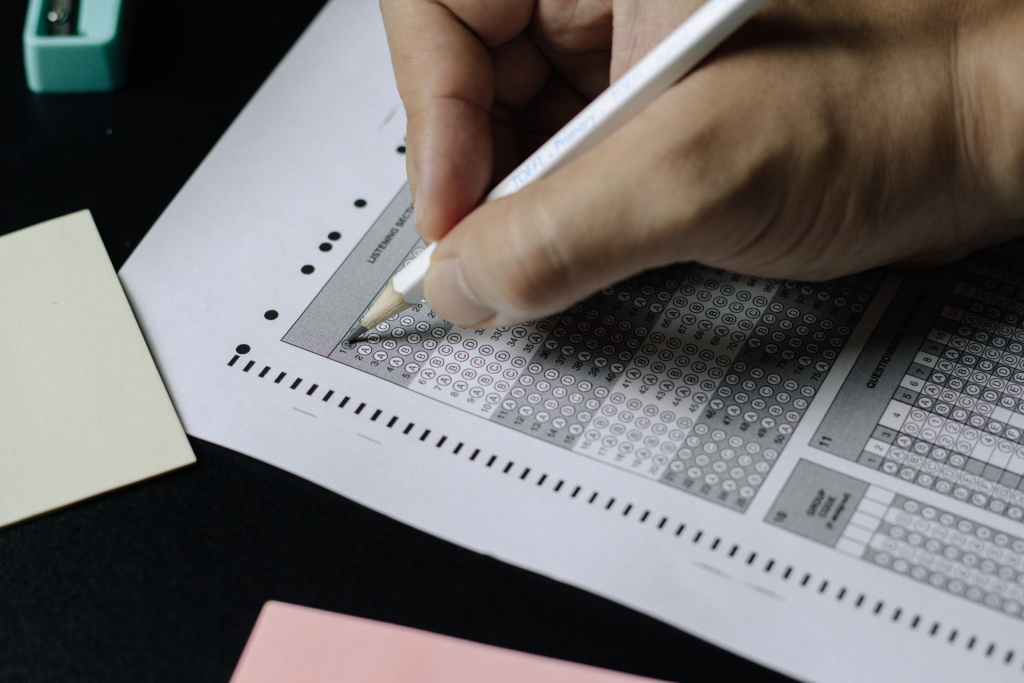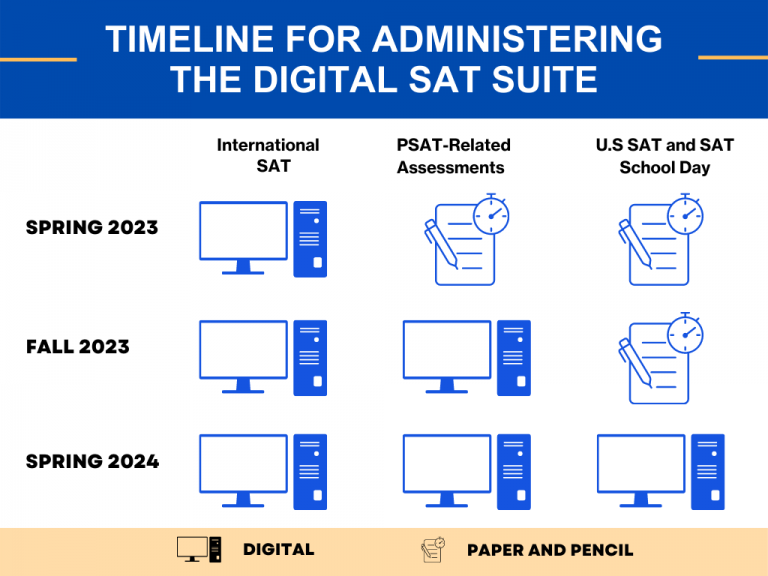
The College Board has decided to switch to a digital SAT® format in order to prevent its SAS exams from being leaked. The following revisions have been made to the test:
The digital SAT® was planned for some time, but as of 1/25/22, it has been made official.
The first set of digital SAT® will be available in time for the March 2023 international examinations, according to the College Board (and beyond). The digital SAT® promises to be more secure than paper-based exams, which is the underlying reason for the shift, according to the College Board. The paper-based exams have experienced significant issues with worldwide exam security, including test leaks, cheating scandals, score delays, and canceled scores.
Do you want to improve your chances of getting into a top-tier university? Schedule your consultation with Tokyo Academics today!
There won’t be a paper exam alternative anywhere after the Fall 2023 Digital PSATs, March 2024 US Digital SAT®, and March 2024 School-Day SAT® (also digital), with the exception of students with accommodations who will still have the option of paper-based testing.
In some senses, the digital SAT® has already come. The College Board has secretly been giving a “digital SAT® pilot” exam to a small group of students since late 2021. In exchange, the students earned $50 or $100 gift cards but did not receive an official SAT® score.
From April 2022, however, digital SAT® pilot test-takers — you must be invited to take the test and then accepted — are given official SAT® scores and can choose to keep or cancel the scores after being viewed.
You can choose (whether your digital SAT® score) “will become an official College Board score by the end of August 2022,” the College Board stated in an email. Test takers also can choose between a $50/$100 gift card or a free exam registration (worth $55) for the March or May 2022 paper-based SAT®.
Students should take advantage of this chance even if they plan to take the digital SAT® in 2023 or later. Those who take the new digital SAT® pilot will now have the option to delete or cancel their results after the fact.
The sole caveat? Students must also agree to either take the March 2022 or May 2022 paper-based SAT® to get an official score on the April 2022-starting digital SAT® pilot program, presumably in order to validate or confirm their scores on the digital exam.

Highlights include:
The majority of the exam’s substance will not change, but it appears that the digital SAT® will test more subjects and abilities (including limits of functions, poetry, and synthesizing information from notes) while eliminating or de-emphasizing some question types. By the fall of this year, the College Board has pledged to release the first official digital SAT® study guides and practice exams (2022).
Additional math topics tested will include proportions, functions, systems of equations, geometry, coordinate geometry, number properties, and parabolas.
The SAT® has traditionally changed exam formats roughly every ten years. The test was changed in 2005 to a 2400-point exam, then again in 2015 to return to 1600, and now the major change to a digital-only version has been scheduled for 2023–2024.
Given the abundance of practice exams available for the paper-based SAT® (68 official SAT® exams and counting) and the scarcity of study materials available for the digital exam, there’s a high probability that there will be a rush of test-takers for the current paper-based before the format changes.
In addition, many students will still prefer the paper-based exam as it is frequently easier to take a paper test than a computer one. The 3-hour, paper-based SAT® is not just easier on the eyes but perhaps easier overall than spending two continuous hours staring at a computer screen.
Another reason to avoid the unknown and take the paper-based SAT® is the expected technical issues when implementing the digital SAT®, similar to those experienced during the “computer-based” ACT.
SAT® is a trademark owned by the College Board, which is not affiliated with, and does not endorse Tokyo Academics.
Visit our Resource Center and gain access to recorded webinars, podcast episodes, school profiles, and more.